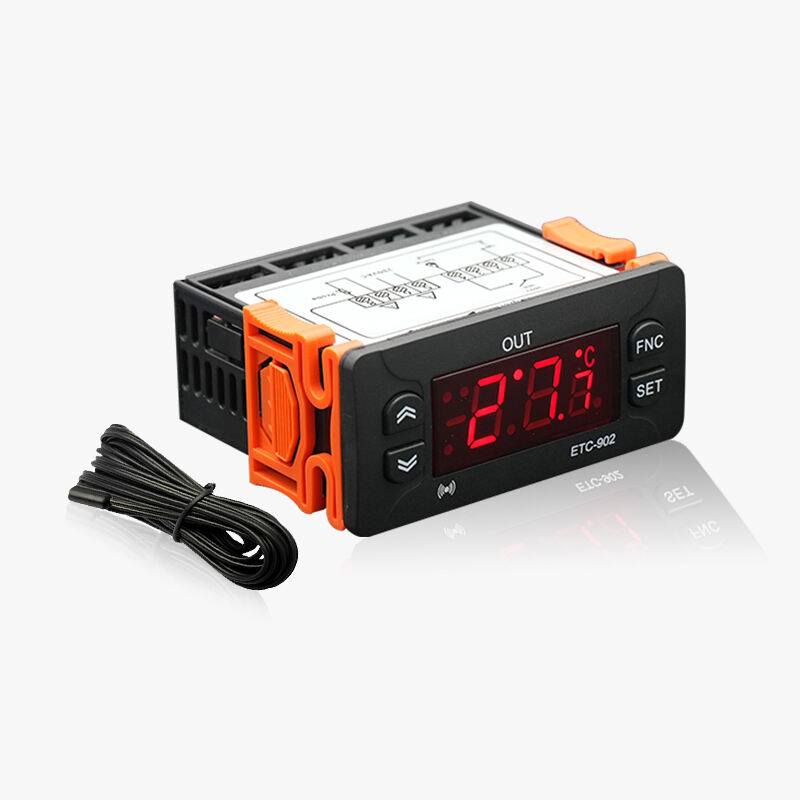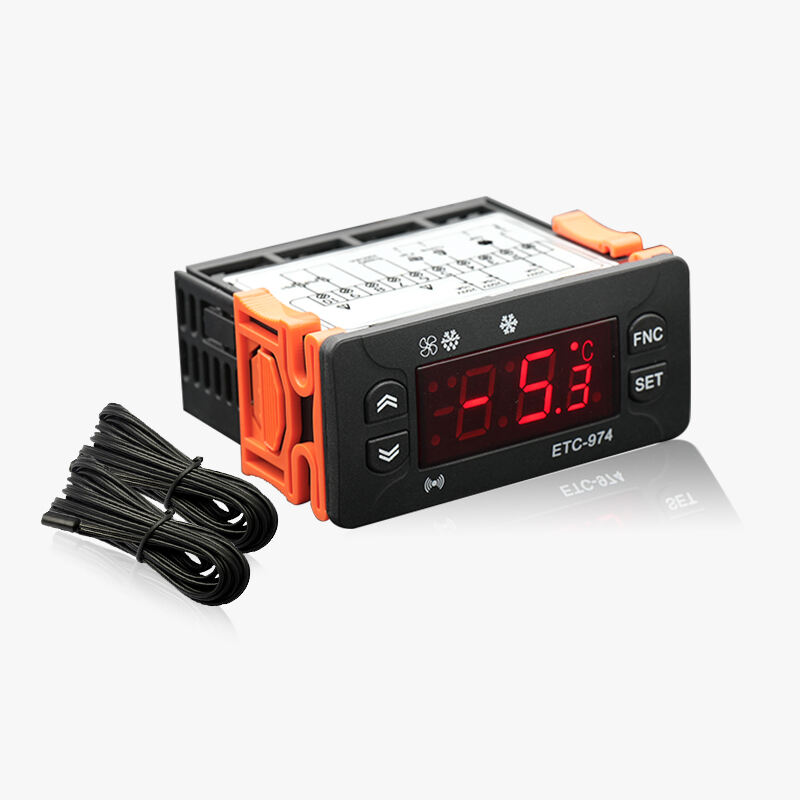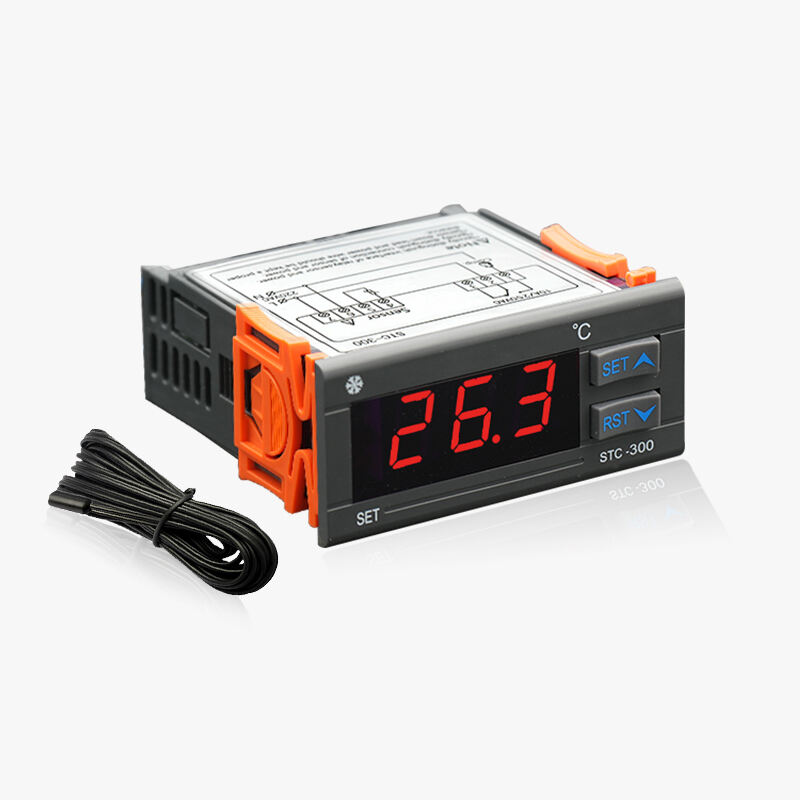Cost-Effective Performance Optimization
PID temperature controllers at various price points deliver exceptional value through their performance optimization capabilities. Entry-level models, despite their lower cost, incorporate essential PID algorithms that effectively maintain temperature stability. These controllers automatically adjust heating or cooling outputs based on real-time temperature measurements, minimizing energy waste and improving process efficiency. The investment in even basic models typically pays for itself through reduced energy consumption and improved product quality. Mid-range controllers offer additional features like auto-tuning, which automatically calculates optimal PID parameters, eliminating the need for costly manual calibration procedures. This feature alone can save significant time and resources during setup and maintenance phases.








